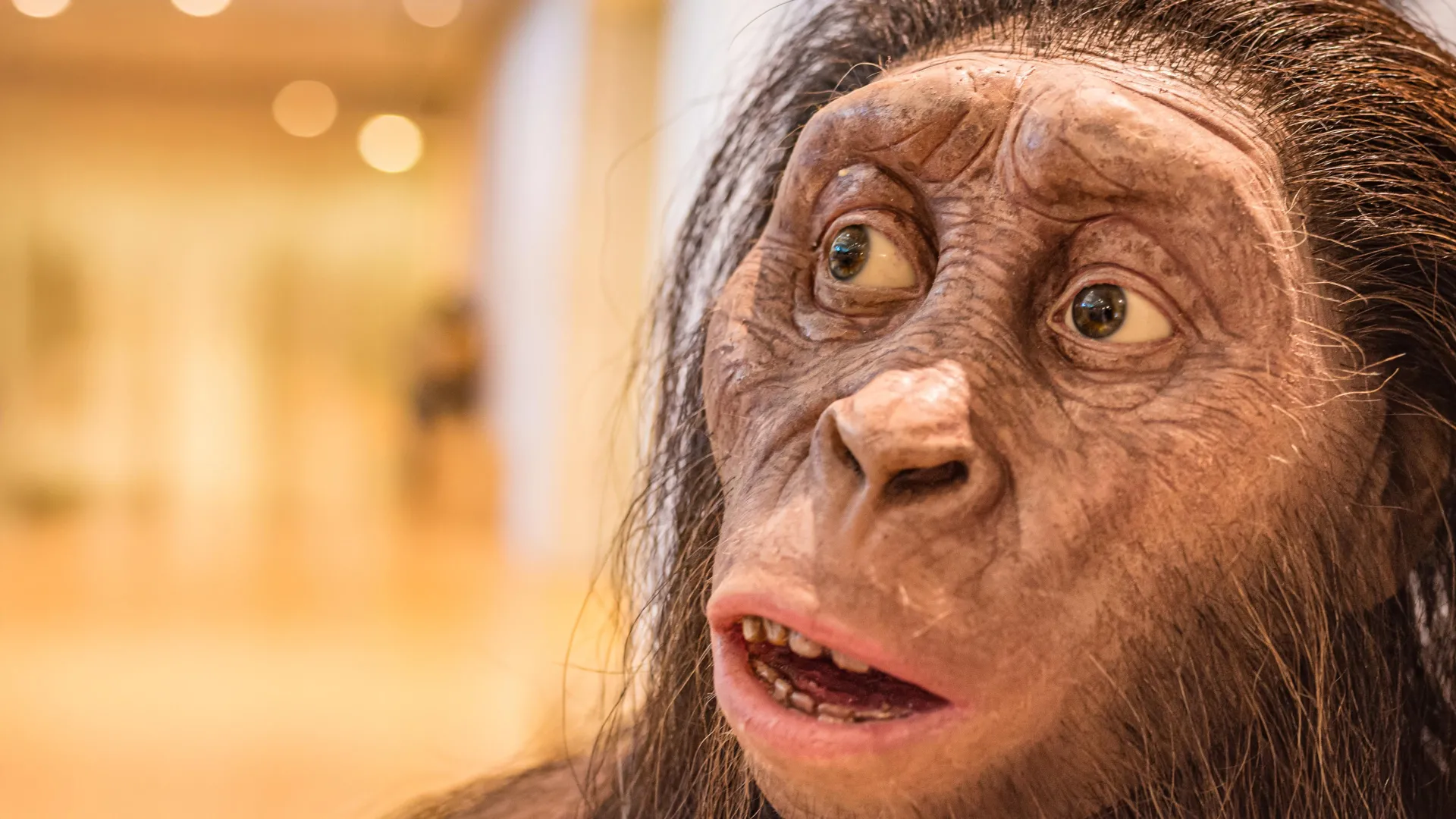New fossils reveal a hidden branch in human evolution
Fossils in Ethiopia reveal a new ancestor species and confirm human evolution branched out, not in a straight line.
- Date:
- August 27, 2025
- Source:
- University of Nevada, Las Vegas
- Summary:
- Fossils unearthed in Ethiopia are reshaping our view of human evolution. Instead of a straight march from ape-like ancestors to modern humans, researchers now see a tangled, branching tree with multiple species coexisting. Newly discovered teeth reveal a previously unknown species of Australopithecus that lived alongside some of the earliest Homo specimens nearly 2.8 million years ago. This suggests that nature tested multiple versions of “being human” before our lineage endured.
- Share:

The discovery of new fossils and a new species of ancient ancestor may help shift the perception of human evolution from linear evolution to that of a tree with many branches, new UNLV research published on August 13 in the journal Nature shows.
UNLV anthropologist Brian Villmoare and a team of international scientists discovered new fossils at a field site in Ethiopia that indicate Australopithecus, and the oldest specimens of Homo, coexisted between 2.6 and 2.8 million years ago at the same place in Africa.
The scientists found 13 teeth at the Ledi-Geraru site and determined that, although some belong to the genus Homo, a set of upper and lower teeth belong to a new species of the genus Australopithecus. This new species is distinct from the well-known Australopithecus afarensis (the famous 'Lucy'), which last appears at roughly 2.95 million years ago and was discovered in nearby Hadar.
The presence of both species in the same location shows that human evolution is less linear and more tree-like, said Villmoare, associate professor of anthropology and lead author of the paper.
"We used to think of human evolution as fairly linear, with a steady march from an ape-like ancestor to modern Homo sapiens. Instead, humans have branched out multiple times into different niches. Our pattern of evolution is not particularly unusual, and what has happened to humans has happened to every other tree of life," he said.
"This is what we should be finding in the human fossil record," Villmoare said. "Nature experimented with different ways to be a human as the climate became drier in East Africa, and earlier more ape-like species went extinct."
The Ledi-Geraru site is the same field site where a team of researchers discovered the jaw of the earliest Homo specimen ever found at 2.8 million years old. Villmoare has worked with the Ledi-Geraru Research Project and scientists at the Institute of Human Origins at Arizona State University since 2002.
"The new finds of Homo teeth from 2.6-2.8 million-year-old sediments -- reported in this paper -- confirms the antiquity of our lineage," he said.
"We know what the teeth and mandible of the earliest Homo look like, but that's it. This emphasizes the critical importance of finding additional fossils to understand the differences between Australopithecus and Homo, and potentially how they were able to overlap in the fossil record at the same location."
The researchers haven't named the species yet. More fossils and further study are needed.
"New discoveries of Australopithecus and Homo from Ledi-Geraru, Ethiopia," by Villmoare et al., was published Aug. 13 in the journal Nature. The scientists and field team working on this project span multiple universities.
Story Source:
Materials provided by University of Nevada, Las Vegas. Note: Content may be edited for style and length.
Journal Reference:
- Brian Villmoare, Lucas K. Delezene, Amy L. Rector, Erin N. DiMaggio, Christopher J. Campisano, David A. Feary, Baro’o Mohammed Ali, Daniel Chupik, Alan L. Deino, Dominique I. Garello, Mohammed Ahmeddin Hayidara, Ellis M. Locke, Omar Abdulla Omar, Joshua R. Robinson, Eric Scott, Irene E. Smail, Kebede Geleta Terefe, Lars Werdelin, William H. Kimbel, J. Ramón Arrowsmith, Kaye E. Reed. New discoveries of Australopithecus and Homo from Ledi-Geraru, Ethiopia. Nature, 2025; DOI: 10.1038/s41586-025-09390-4
Cite This Page: